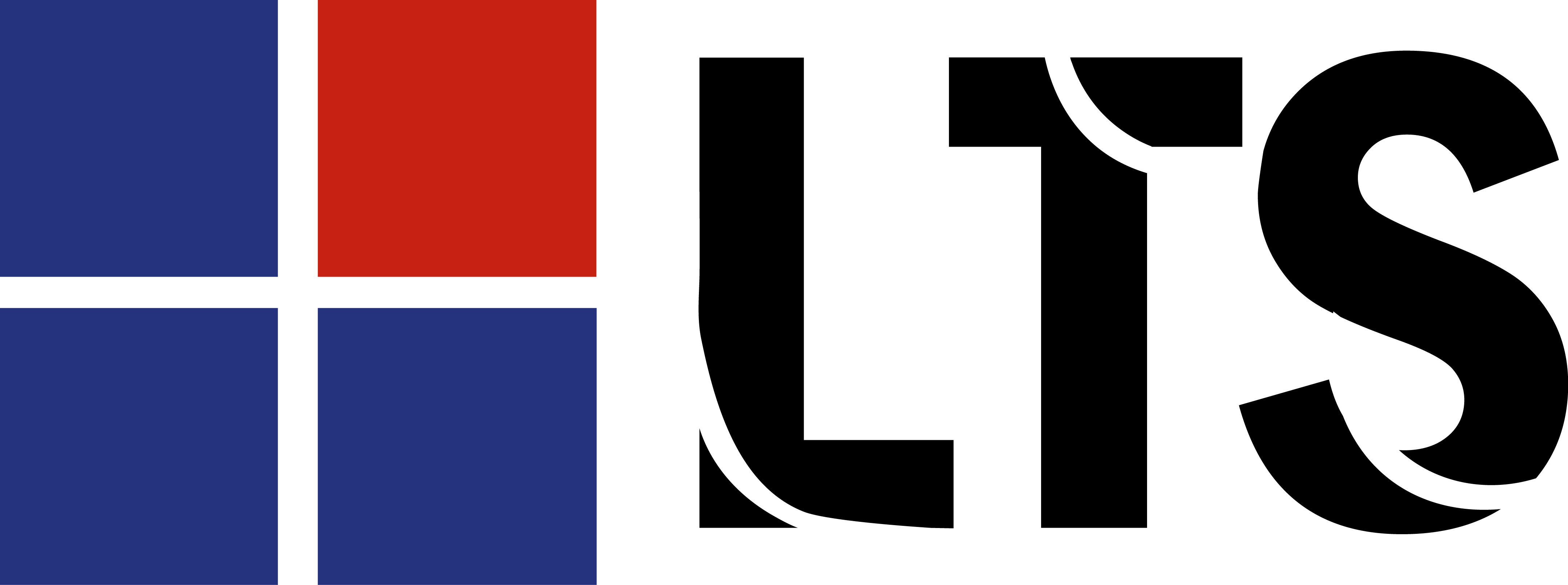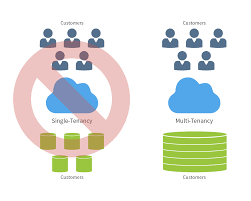Current software business models and economic conditions are speeding up the adoption of SaaS (Software as a Service) for ISVs (Independent Software Vendors) to beat the market pace, as organizations of all sizes seek more cost-effective methods to operate their businesses.
Software-as-a-Service (SaaS) is increasingly considered “enterprise grade” by many IT buyers, and a viable choice to achieve reduced costs, improved service, and ongoing timely functional currency. Therefore, ISVs cannot afford to delay their efforts to develop and deliver competitive SaaS solutions. A combination of market forces is driving a growing number of organizations of all sizes to adopt Software-as-a-Service (SaaS) solutions to achieve their business objectives.
The rapid growth of the SaaS market is forcing nearly every established Independent software vendor (ISV) to develop their own multi-tenant application. However, they face countless challenges like:
• Partly Tenant Based: Most of the existing products are designed to be single-tenant.
• Lack of Multi-Tenant Security Solution: Most of the existing products do not provide out-of-box support to address multi-tenant security requirements for SaaS adoption.
• Legacy Architecture: Some of the existing products are built using legacy technology, which needs to be modernized to a new technology platform. Further each product comes with a different architecture model that needs to be taken care of while modernizing.
• New Market Opportunity Assessment: ISV needs to assess the new business opportunities for SaaS enabling existing on-premise product to remain competitive and continue as a leader in their segment.
• Upfront development cost: ISVs have budget constraints on spending upfront re-engineering expenses.
• Time-to-Market: The current solution limits the ability of the platform when it comes to adding new tenants as each product has its own set of configurations and administrations.
• Integration Requirements: Most of the existing applications do not provide out-of-box support to integrate it with on-premise applications of the enterprise and vice versa.
The solution to all of this remains SaaS-Tenant which helps to quickly migrate to multi-tenant application. It is built with much required applications of various sizes or levels of complexity, together with evaluation, data integration & analysis, business intelligence and flexible deployment options. SaaS-Tenant is a new business model that adds additional aspects to the application development / hosting process such as a complex architectural model, business process realignment, unified monitoring, help desk support and integration with other systems for support, billing, CRM, etc. incorporating SaaS-Tenant by the ISVs will lead to the following benefits:
• Reduced Cost in Marketing
• Reduced implementation changes
• Reduction in maintenance & support costs
• Ability to monitor and track product usage
• Better management of source code
• Reduces barriers to sale
• Better Customer Relationships
• Better manage Software Upgrades
The growth of SaaS is attracting an increasing number of ISVs seeking to respond to their customer’s changing business requirements and capitalize on this new service model. Making the transition to multi-tenant application entails a complex set of enabling technologies and service delivery capabilities in order to provide reliable, secure and scalable SaaS solutions which meet their customer’s evolving needs.
To Join our SaaS-Tenant: Multi Tenant SaaS Framework Group on LinkedIn Log on to http://www.linkedin.com/groups/SaaSTenant-Multi-Tenant-SaaS-Framework-4297725?home=&gid=4297725&trk=anet_ug_hm

